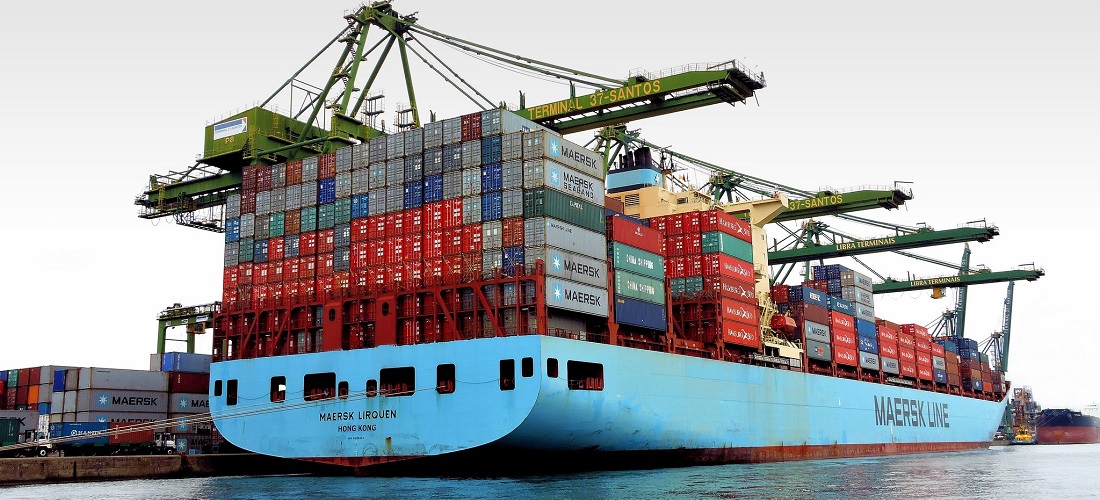
Shipping sector forecasts crisis until 2nd half of 2022
Sep, 21, 2021 Posted by Ruth HollardWeek 202137
Amidst the global logistical chaos and under strong pressure due to the surge in maritime freight, shipping companies say they are already operating at full capacity and doing everything in their power to ease the crisis. However, the situation is only expected to return to normal in the second half of 2022, says Claudio Loureiro de Souza, executive director of the National Center for Transatlantic Navigation (Centronave), an entity that brings together groups such as Maersk, MSC, and Hapag Lloyd.
In a conversation with Valor, he refutes the industry’s questions regarding the concentration of the sector, affirms that the critics themselves have undergone consolidation, and says that the resolution of the crisis also requires a faster release of ships and containers by the Brazilian authorities and importers.
“Our perception is that the crisis will not get worse. A few weeks ago, there was strong concern that major congestion at Chinese ports would hit Brazil like a tsunami. But today the assessment is that what had to happen has already happened. Normalization will be gradual, but the crisis should last until the second half of 2022.”
The global supply chain has been experiencing strong turmoil since the beginning of the pandemic. On the one hand, Covid-19 caused the closure of ports, the removal of employees, and longer delays in the release of containers and ships, delaying flows. On the other hand, demand for consumer goods soared driven by online commerce, home office, and lower household spending on other expenses, such as services. The result is real chaos in maritime trade, with constant delays in vessel calls, difficulties for companies to find space on the ships, and record-breaking freight rates.
Amidst the crisis, shipping groups have come under intense pressure. One of the accusations is that the concentration in the global shipowners market, which has occurred in recent years, is one of the causes of the current scenario. In Brazil, there are no actions by antitrust bodies in progress, as in other countries, but there is criticism from the industry and agribusiness.
Souza refutes the questions and says that the companies are using their full capacity, both in ships and in containers. Vessels and equipment that would normally have been retired are even being repaired and used to guarantee the supply of space. “The problem is not with the shipowner, it is with the global supply chain. The companies are working to mitigate the bottlenecks, but these are factors that are not under the companies’ control”, he says.
Industry data show that in the second quarter of 2020, 10% of the global maritime fleet had idle capacity. This year, the rate is practically zero.
Source: Valor Econômico
To read the full original article, visit the link:
-
Trade Regulations
Aug, 29, 2019
0
Norwegian salmon producer threatens to suspend purchase of Brazilian soy
-
Ports and Terminals
Sep, 24, 2020
0
ANTAQ authorizes Consórcio Dome Serviços Integrados to operate Private Use Terminal
-
Ports and Terminals
Jul, 13, 2023
0
Port of Itaqui performed 1st ship-to-ship transfer test for fuels
-
Ports and Terminals
Nov, 05, 2020
0
Capacity at Paranaguá port to expand through investment of R$703m

